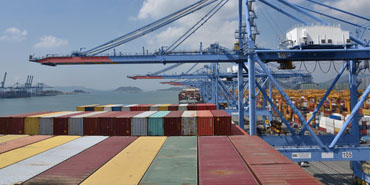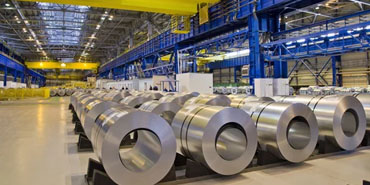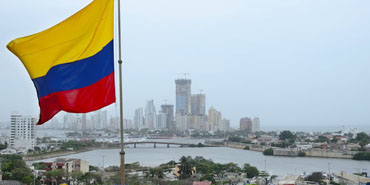In a constantly changing global environment, the nearshoring process and proximity to the United States will provide increased dynamism to Mexico's productive sectors. Foreign Direct Investment (FDI) is crucial for growth, and the country should adapt its economic policy to attract more investors.
The World Bank recommends adjusting short- and long-term policies, streamlining customs regulations, promoting exports, mitigating systemic risks, fostering traditional and digital investments, enhancing human capital, and preserving macroeconomic stability in order to capitalize on international trade opportunities.
Patricia Krause, Latin American economist at the French Company for Foreign Trade Insurance (Coface), argues that Mexico will benefit more than other countries in the region due to its extensive manufacturing industry and the long-term strengthening of exports through the USMCA trade agreement with the United States and Canada.
The Inter-American Development Bank (IDB) estimates that the nearshoring process will generate approximately $35 billion annually during the company relocation period. The first positive effects on growth will be seen in the construction sector and gross fixed investment (GFI), considering that 45 industrial parks are currently being built, according to data from the Mexican Association of Industrial Parks.
Various institutions have raised their growth projections for Mexico, taking into account the country's potential. Among the forecasts are ECLAC with 1.1%, BBVA with 1.4%, Banxico with 1.6%, the World Bank with 1.5%, IMF with 1.7%, OECD with 1.8%, and JPMorgan with 1.9%, even considering a lower demand for durable goods in the United States.
During the 1990s, capital flows shifted towards Asia, particularly to China, resulting in growth rates close to double digits. World Bank data shows that an increase in FDI from 0.1 to 0.8% results in a 1% increase in the FDI/GDP ratio for developed economies.
Currently, there is a need to improve the distribution of products in closer geographical locations, with reduced labor and logistics costs, as a result of the supply chain crisis caused by lockdown measures due to the Covid-19 pandemic and geopolitical tensions in Eastern Europe.
FDI flows to Latin America decreased by 75% in eight years, from $202 billion in 2012 to $86 billion in 2020, mainly due to disinvestment from the Netherlands and Spain. Mexico, on the other hand, experienced a 40% increase in the same period with participation from the same European countries and higher investment from Brazil.




















